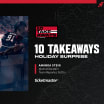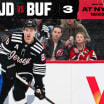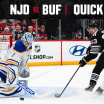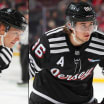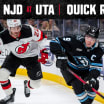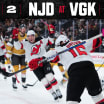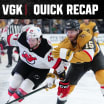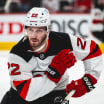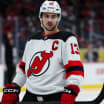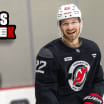This is as tough as it gets.
Picking the Devils best defenseman means that I have to decide which of the two Scotts gets the Number One spot and, of course, by the inevitable process of elimination, who's the runner-up?
But that's for later because this list -- merely for melodramatic purposes --
must start from the back at 25 and then ride the expedition forward to second and then first place:
So, here goes:
My 25 All-Time Best Defensemen | 40 YEARS WITH STAN
Stan Fischler counts down his 25 best defensemen, plus a few honorable mentions
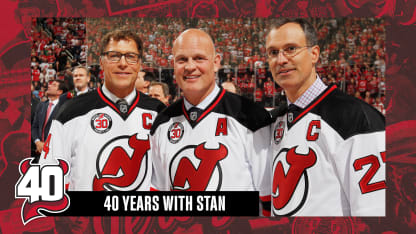
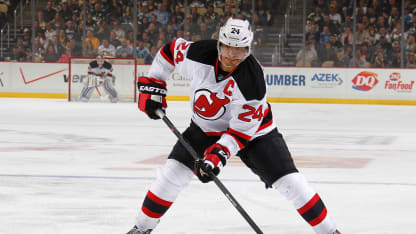
© Gregory Shamus/Getty Images

© Doug Benc/Getty Images
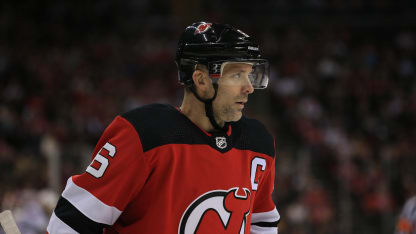
© Andrew Mordzynski
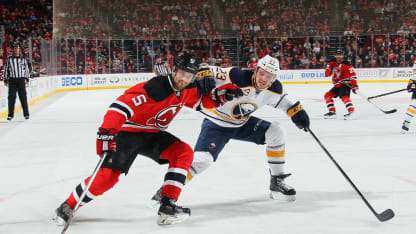
© Bruce Bennett

© Getty Images
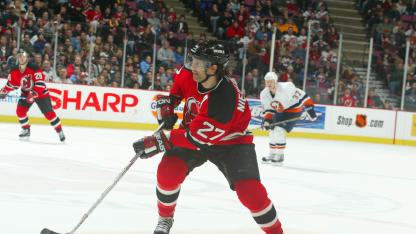
© Getty Images
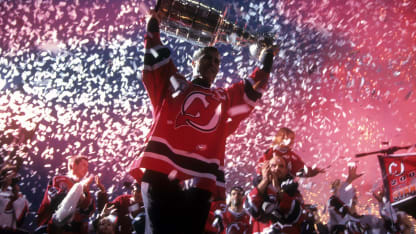
© Getty Images



